Exploring the Moon
A Journey Through the Telescope
The Moon has always been a source of fascination for humanity. From ancient myths and legends to the groundbreaking Apollo missions, our celestial neighbor has captured our imaginations and inspired countless dreams of exploration. Today, with the help of modern telescopes, we can embark on our own lunar adventures from the comfort of our backyards. The attached images I took with my telescope offers a glimpse into the thrilling experience of observing the Moon's surface.
My images showcase detailed sections of the Moon's surface, revealing a rugged landscape filled with craters of various sizes. The stark contrast between the illuminated surface and the dark, shadowed areas highlights the dramatic topography of our lunar companion. My view captures the terminator line, the boundary between the Moon's day and night sides, where shadows are longest and the surface features are most pronounced.
One of the most exciting aspects of lunar observation is the ability to see these craters up close. Each crater tells a story of cosmic collisions and ancient impacts that have shaped the Moon's surface over billions of years. The larger craters, with their central peaks and terraced walls, are especially captivating, offering a glimpse into the violent history of our solar system.
But it's not just the craters that make lunar observation so thrilling. The Moon's surface is also home to vast plains, known as maria, which were formed by ancient volcanic activity. These dark, basaltic regions stand in stark contrast to the brighter highlands, creating a patchwork of textures and shades that is endlessly fascinating to explore.
Using a telescope to observe the Moon is a truly immersive experience. As you peer through the eyepiece, you can almost feel the rough, cratered surface beneath your feet. The sense of scale and depth is astonishing, making it easy to lose yourself in the intricate details of the lunar landscape. Each observation session brings new discoveries and a deeper appreciation for the Moon's beauty and complexity.
For amateur astronomers and seasoned stargazers alike, the Moon offers a never-ending source of wonder and excitement. Whether you're observing the familiar face of the full Moon or the slender crescent of a waxing or waning phase, there's always something new to see and explore. So grab your telescope, head outside, and embark on your own lunar adventure. The Moon is waiting, and there's no better time to start exploring its surface than now!
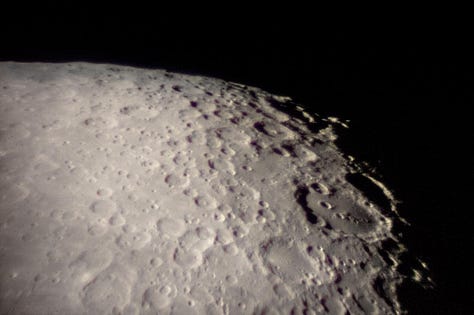
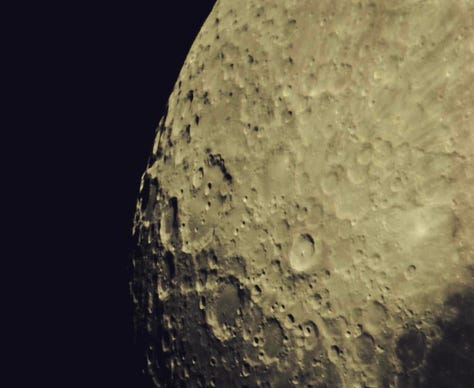


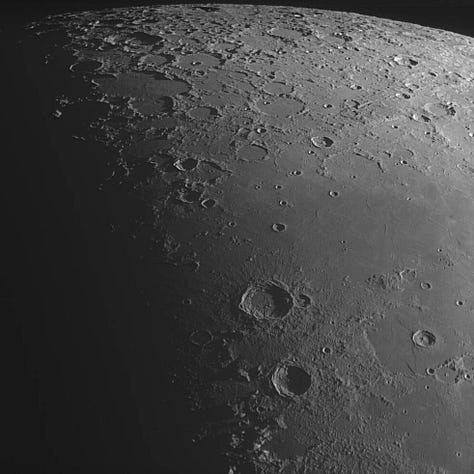
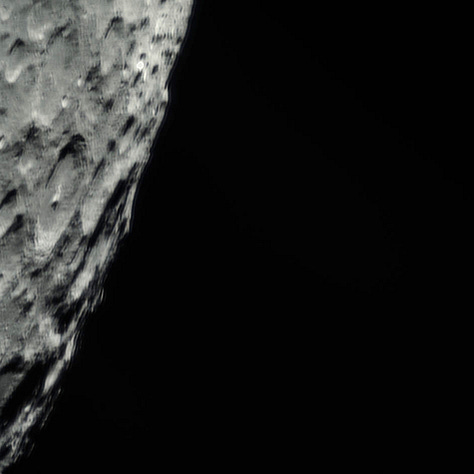


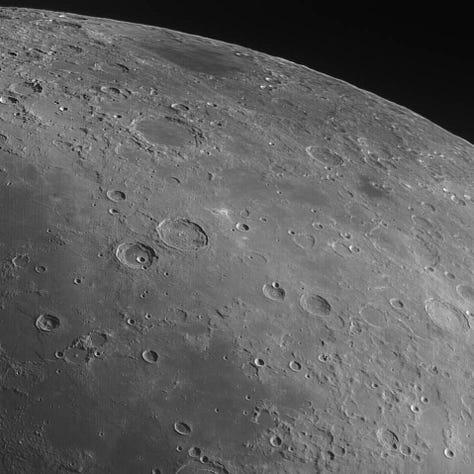




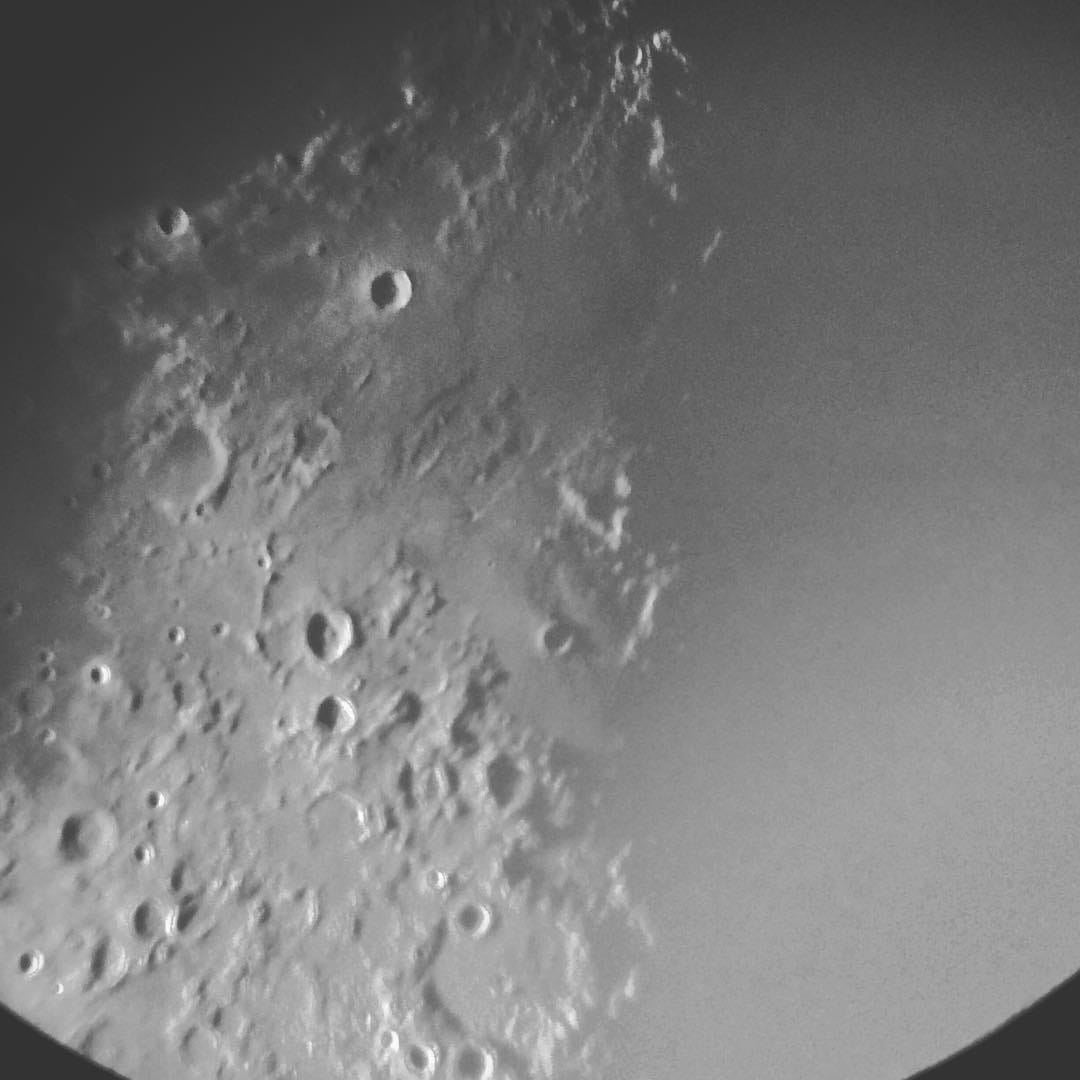

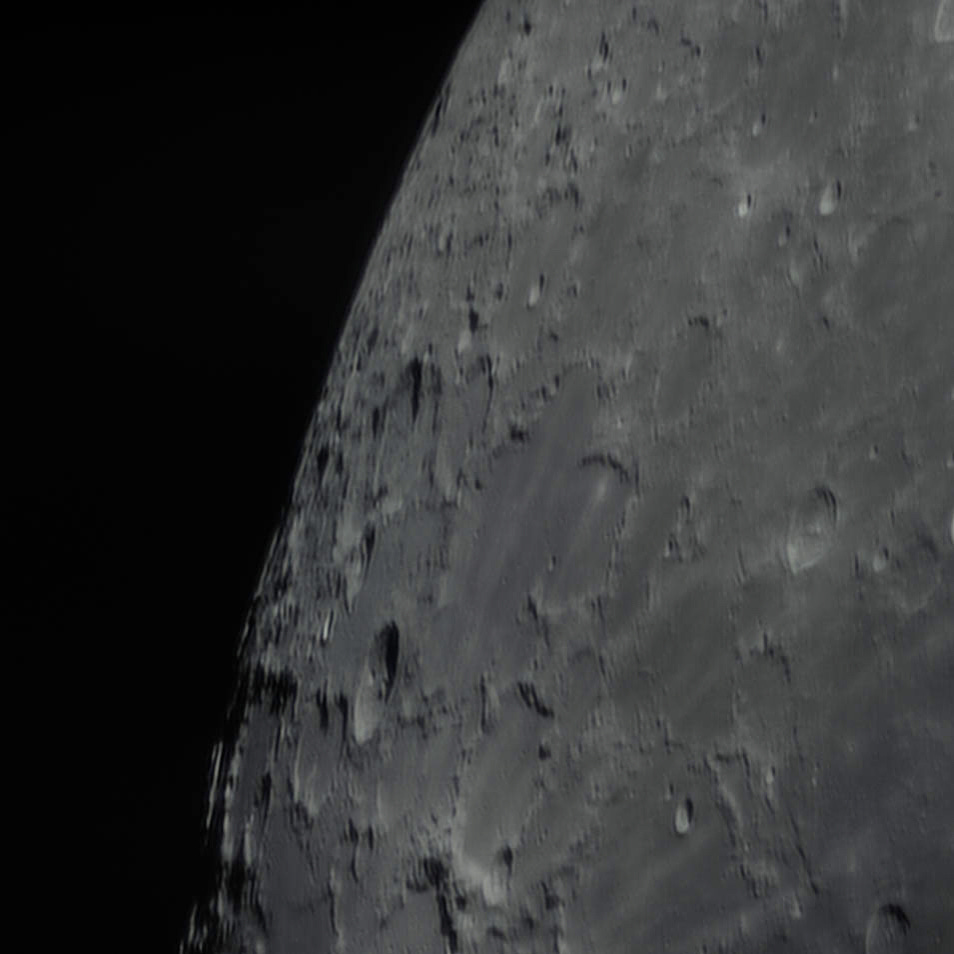
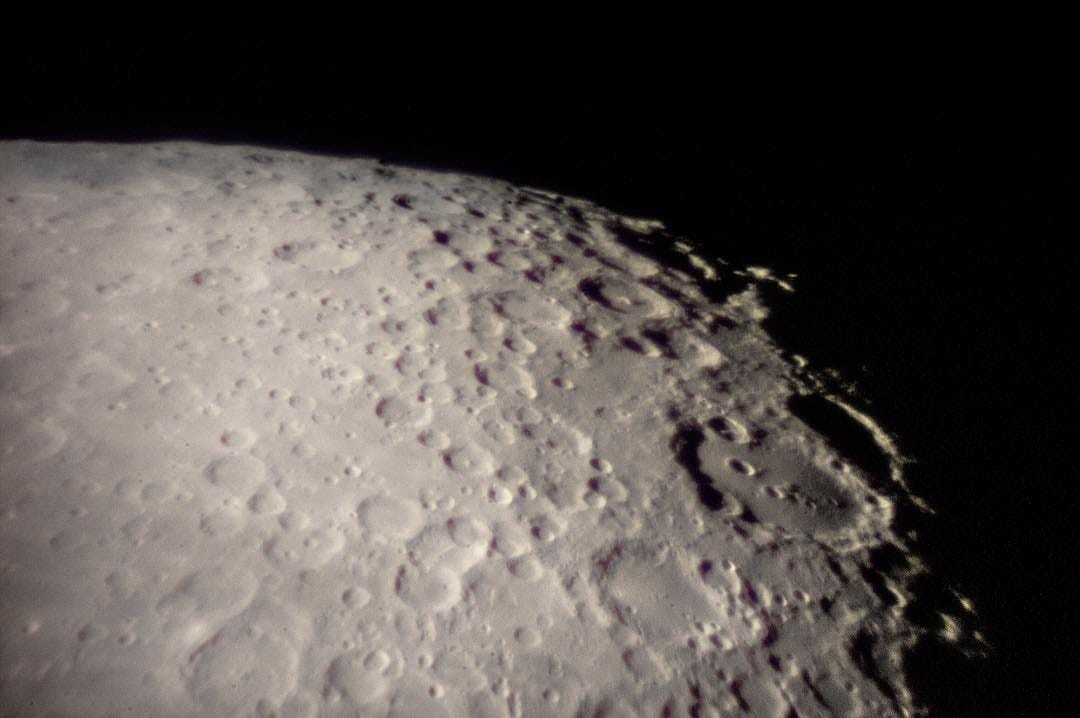
The Moon was my first target when I was 8 and got a cheap reflector telescope for Christmas...I swear I saw a bubble and moonbase (or dreamed it...) Fun!